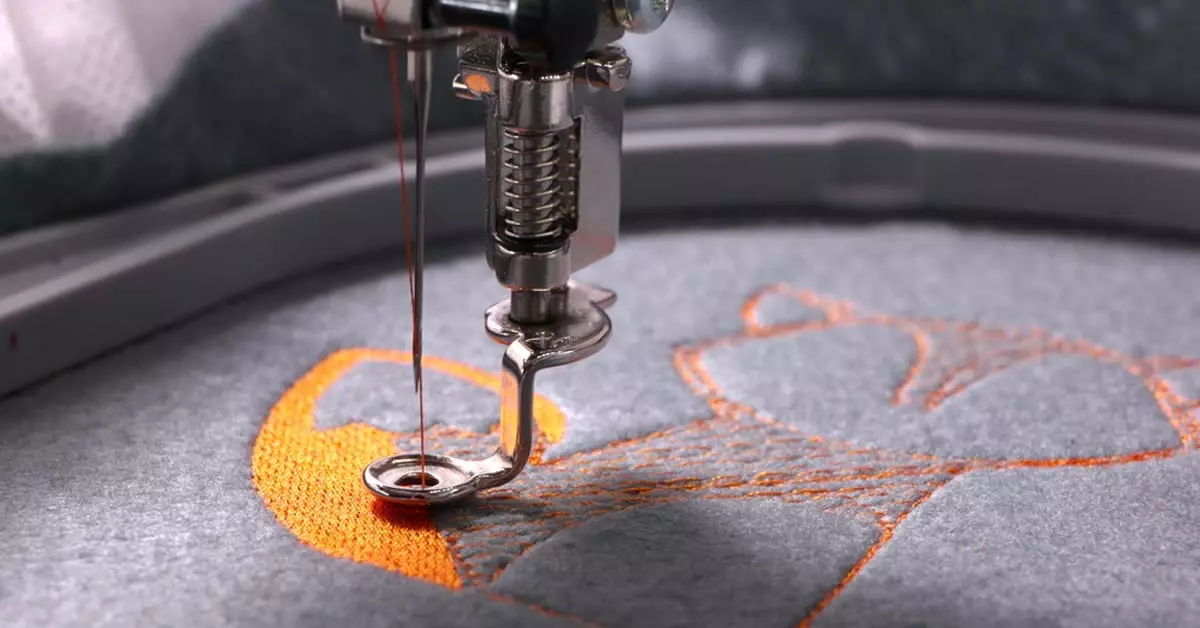Embroidery digitizing transforms artwork into an embroidered design file that runs on the machine to create stitches. The real-life pictures and visualizations are digitally replicated to turn into a digital embroidered design. The design file inserted into the machinery creates the same patterns as if it is created by hand. The best thing about this latest technology is that it reduces production and man labor hours.
Plus, even complicated patterns can be wonderfully imitated on the fabric. However, the process isn’t as smooth as you might think, and at times, the result might not be as similar as you thought. The key to perfection is practicing the right tips and tricks. Therefore, we’re here to help you out in this matter. Here is a detailed list of tips and tricks for embroidery digitizing.
Enhance Your Digital Embroidery Designs With 10 Effective Tips
-
Placement Of Each Element
As you start the process, the first thing you should consider is the placement of the design. Decide the direction and flow of the pattern. Always begin from the back to the front and significant elements to the minor ones.
Remember that complex designing with various hues and shapes might take time. But it is always worth it as they are comparatively more durable. If sewing intricate patterns during embroidery digitizing feels like a struggle, consider stitching every area individually and assembling it into a single piece.
-
Set Your Goal Before Getting Started
You don’t leave your home without having a destination in your mind. You always have a purpose, and a stopping place decided before beginning the journey. The same strategy you must apply when it comes to embroidery digitizing, always plan first, then work on it. Think about the shades, pattern, direction of the angles, et cetera once you have contemplated all these things and how to make them happen. Only this way you will be satisfied with the outcome.
-
Analyse The Angle Of Stitches
Always analyze whether a line will run straight or curved on the cloth and to what extent. Whatever it is, whether a liner or a bend, stick to it for the best results. And if you’re sticking to a specific angle throughout the stitching process, your design might appear one-dimensional.
However, consider using varied angles to contrast various elements and the outcome to be eye-appealing. Besides, if all the stitches run in a specific direction, it can pull the fabric similarly, affecting the product’s overall appearance. So, vary the thread direction to avoid such circumstances.
-
Always Keep An Underlay Below The Designs
The purpose of an underlay is to keep your digitized products in place and well-defined. It also lets the top stitches have a clean and crispy appearance. In addition, it helps to create multiple layers of embroidery on top of one another while ensuring the look remains clean and professional.
The most accurate example of an underlay is the just like the bones of a skeleton. They offer support, foundation, and stability to the body and design. So, always include it in your digitizing process, as designs can’t be edited well if it isn’t placed in the first place.
-
Don’t Let Digitizing Programs Be Your Solely Support
These programs can be handy to get started but don’t let them be your sole support. For example, if creating a custom hat embroidery, digitize your design manually as much as possible because these programs’ features are sometimes too basic. They cannot make the unique products of your desire.
Therefore, prefer them when required to make any adjustments for you. Hence, learn to appropriately use software tools, depth, hues, and image integrity to transform your desired image into digital embroidery patterns.
-
Prefer Digitizing Elements From Back To Front
Always prefer creating elements from the back to the front. For example, begin with digitalizing the faraway objects, then move on to the near ones. In addition, stitch the fills and later get on to the next step of outlining.
This strategy will be a time-saver for the creator because it will reduce the number of times required to change the shades of threads. The single-needle machine users may have to grind a lot when they have to work on the filling part first, then the outline, and again the filling part of another object.
-
Refrain From Stitches Getting Extraordinary Wide
Be careful not to let a single stitch get too broad while using these programs because it will destroy the overall appearance. And if any sew gets too large, the desired shape will distort, resulting in puckering in the outcome.
-
Density Of The Sew
There is no standard regarding the sewing density you should be using. It varies depending on your choice and the look you want. A lot of designers prefer fewer numbers of stitches to have a cleaner and decent appearance of the final product. Plus, aggressive usage of sewing on the applique embroidery design will let significant objects overpower the minute details.
-
Create A Defined Border By Outlining
You can always make the filled area pop up even further by creating a well-defined border with the help of an outline. Several embroidered digitalizing machines have a ‘triple stitch’ option, which overlaps itself during the sewing process three times. It offers a prominent and clean look. The perfect border for an average-sized shape is 2mm.
-
Reduce The Number Of Jump Stitches
The Jump stitch is the elongated sew between two different objects with the pattern, and it is nowhere a part of the final product. Ideally, there should be fewer jump stitches, and several professional machinery can trim them. But the home-based embroidered machines don’t have this feature; therefore, you should always digitize your pattern so that the jump threads are short and less.
Conclusion
It would help if you first learned the ropes to start your business by digitalizing embroidery patterns. Unless you will either get stuck in the mid or your product wouldn’t appear as you imagined. Not acquiring the proper knowledge can waste time and resources. Hence, follow the above suggestions to make a difference and enhance your digital skills. If you have any further tips, don’t hesitate to share them with us.





